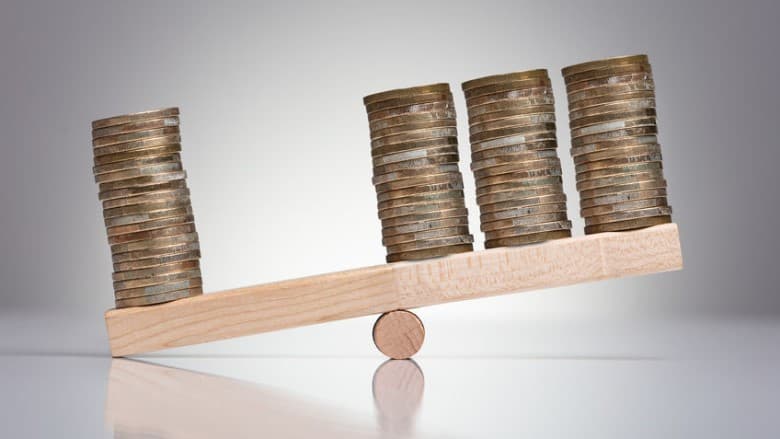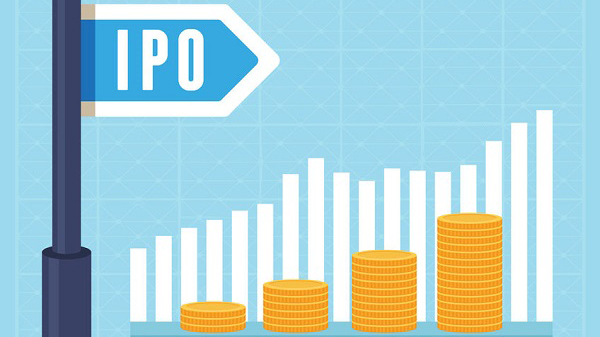Risk and return management is crucial when you are investing in CBBCs.
Some investors are only interested in short term investment making significant gains with a small capital. CBBC investors with such investment objective will usually turn to CBBCs with high leverage. However, leverage amplifies not only the returns, but also the risks. Therefore blindly following high leverage may not be an appropriate investment strategy for investing in CBBCs
Leverage increases as underlying asset price approaches call price
CBBC gearing ratio = Underlying asset price / (CBBC price x conversion ratio)
Generally speaking, as the underlying asset price (or level if the underlying asset is an index) moves closer to the call price (or level if the underlying asset is an index), the theoretical price of the CBBC will decline and the leverage will increase. On the contrary, the theoretical price will rise and the leverage will fall as the difference between the underlying asset price and call price widens.
As the gearing ratio is not fixed, the price and gearing ratio of CBBC are mainly affected by the underlying asset price movements. When the underlying asset price approaches the call price, its theoretical price will fall as it means the CBBC will be called soon, and the gearing ratio will rise, and vice versa.
In short, investors should consider the difference between the call price and the underlying asset price in order to balance the risk and return of CBBCs.
| Larger gap between call price and underlying asset price | Smaller gap between call price and underlying asset price | |
|---|---|---|
| Leverage (potential gain) |
Lower | Higher |
| Call risk | Lower | Higher |
| Appropriate strategy | Balanced | Aggressive |
Apart from the leverage, investors should also compare the expiry dates, difference between strike price and call price, and the quality of prices and quotes of different CBBCs.
22 January 2021





